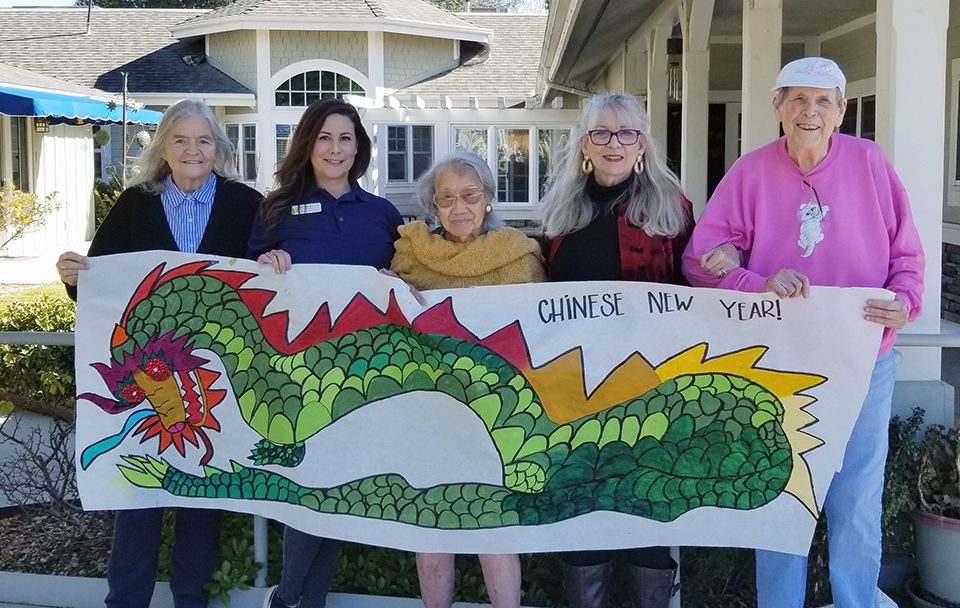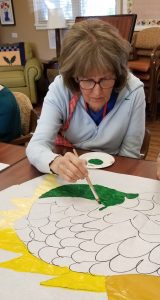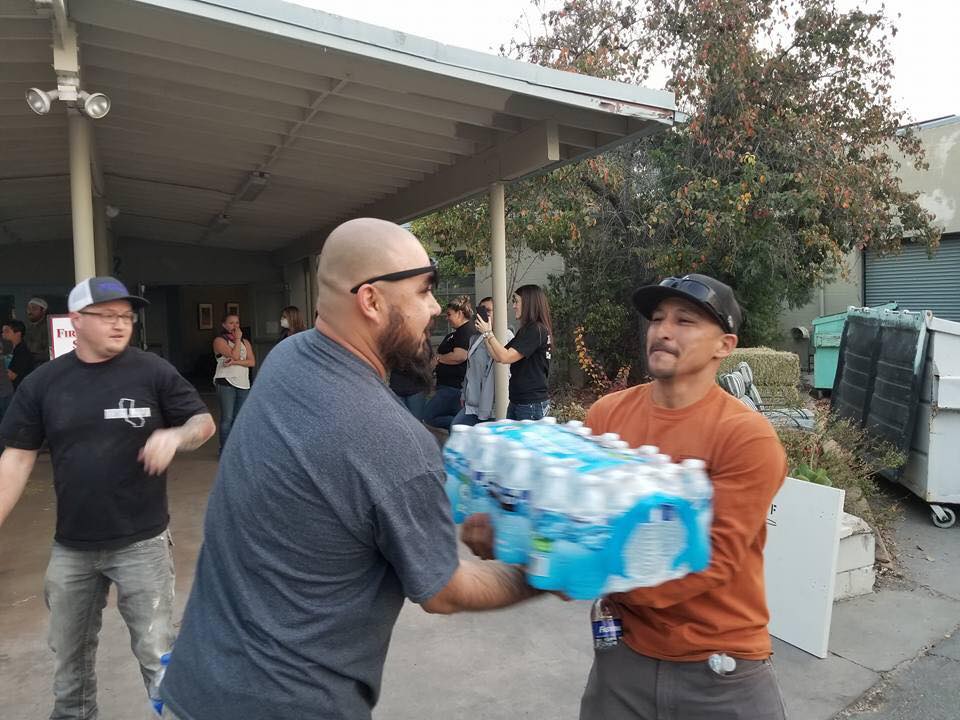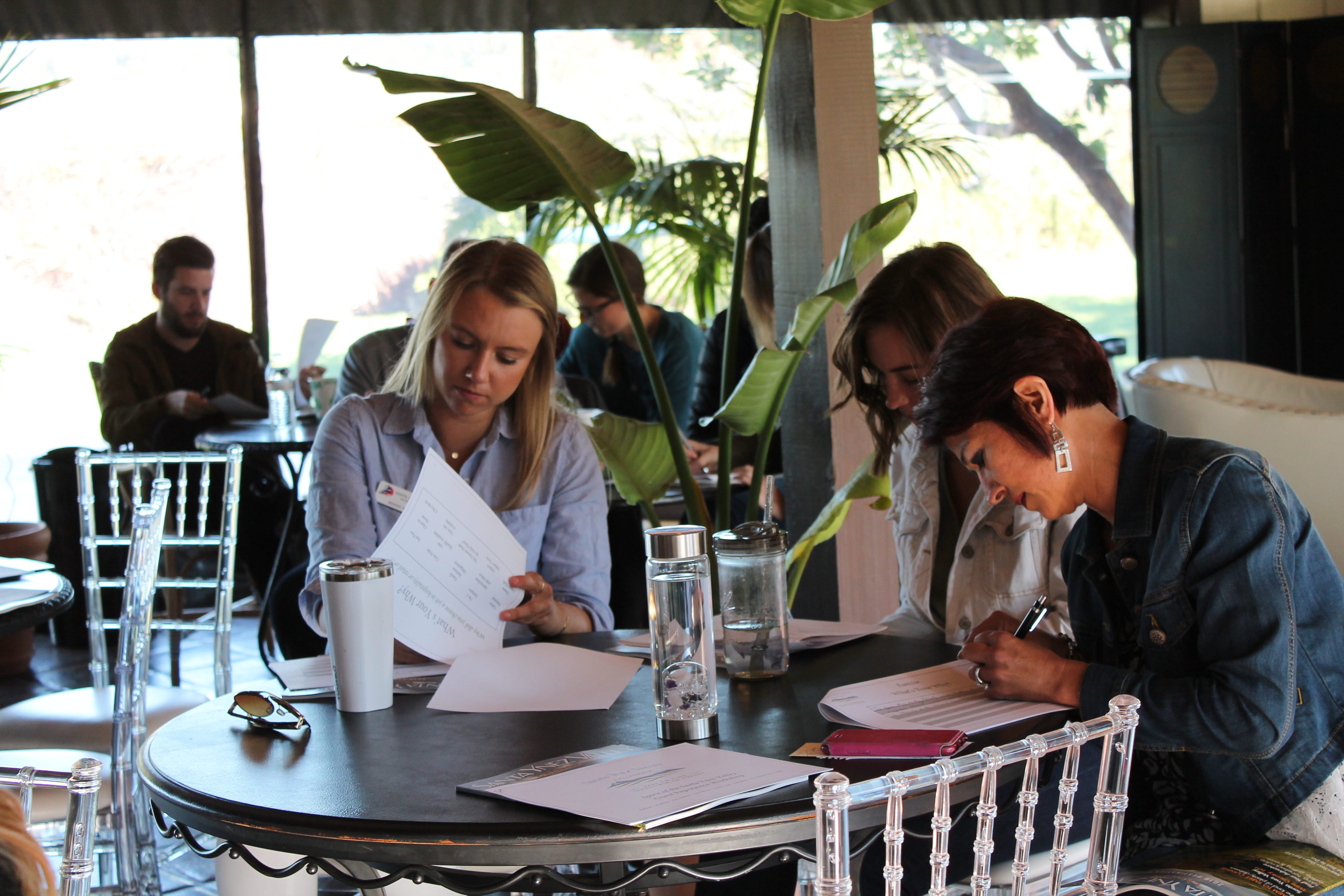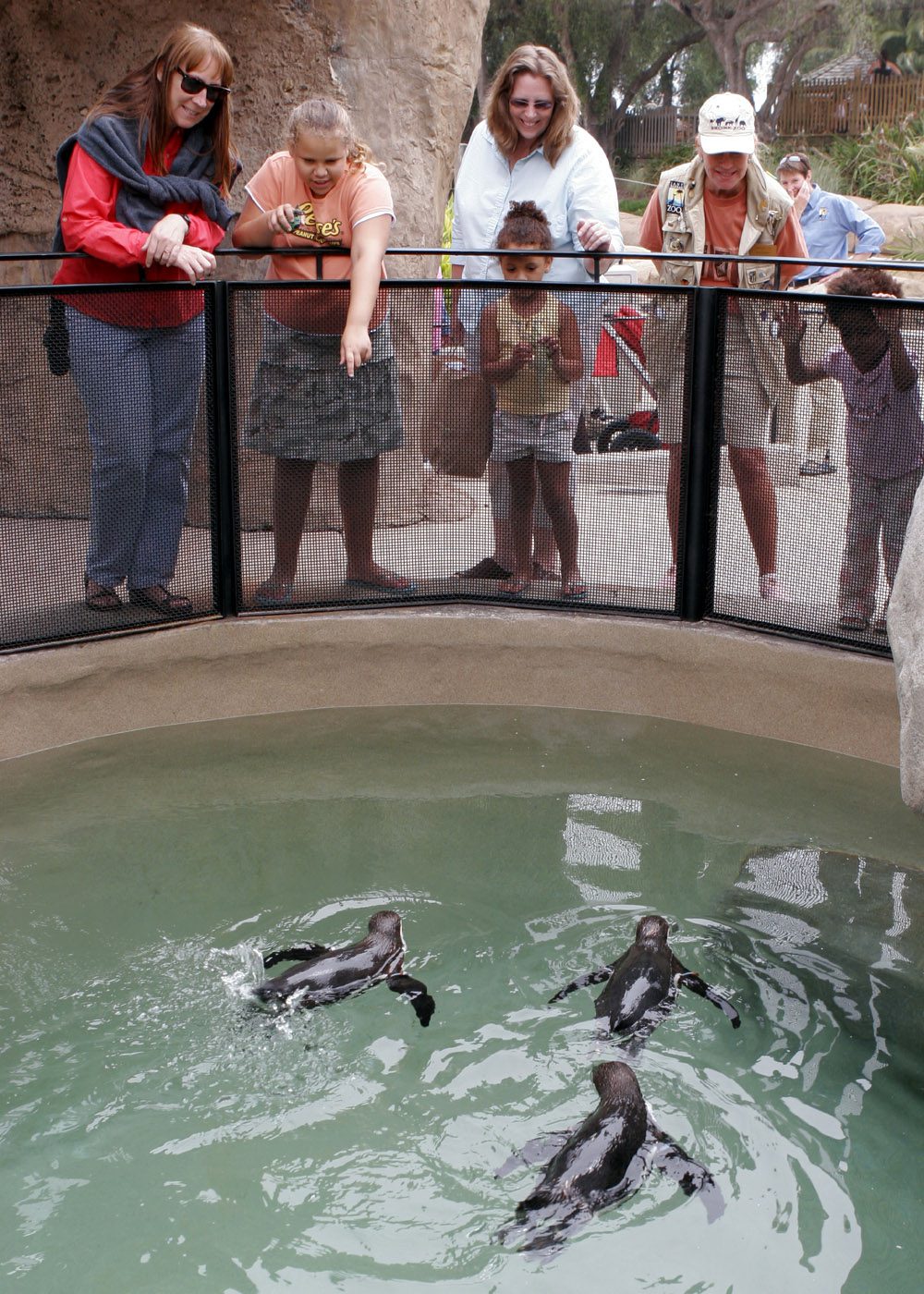By Pamela Dozois,
news@santaynezvalleystar.com
Cynthia DeVine has been working primarily with residents with Alzheimer’s and dementia as an art teacher at Friendship House for the past 12 years. She visits with her students twice a week. One day is dedicated to “Art Appreciation,” studying master artists and ancient civilizations and cultures on video in her “Art Around the World” class.
Students are also able to have virtual visits to museums around the world, which are projected on a large screen for students to see up close the projected art works. The second day is a themed painting day where students are given sheets of paper with various themed drawings, which the students then paint in watercolors.
As the Chinese New Year was approaching, (which was celebrated on Jan. 25), DeVine and her students watched a video on Chinese New Year parades around the world. The students were inspired to paint a dragon in honor of the Chinese New Year.
“Although this is the Year of the Rat, my students were not interested in painting a rat,” DeVine said. “They thought a dragon would be more fun to paint.
“I drew the dragon on a 7-foot-long piece of paper to create a collective mural for my students to paint in acrylics,” she said. “The advantages of this method are inclusion — to be a part of something as a group. It promotes more participation individually, boosting self-esteem and self-confidence. Teamwork creates socialization with peers and a sense of pride as a group. The best part was just having fun.”
“The positive effect of this program is how the visual images impact our residents’ cognitive stimulation,” said Robbie Romero, the resident engagement coordinator at Friendship House. Romero has worked at Friendship House in multiple capacities for the past 17 years.
“I always love the art appreciation classes and films Cynthia chooses. Seeing these beautiful images projected on the large screen – well it is just great to see it up close,” said Ruth Norris, a resident at Friendship House for the past three years.
Speaking of her weekly themed watercolor class, DeVine said, “With the use of watercolors, those who are limited physically, in wheelchairs, can move freely with each brush stroke, giving them flexibility through the movement of their hands. It lifts depression, aids in non-verbal communication, enhances self-expression, increases brain activity, and improves critical thinking. The choice of colors can also reflect their moods as well.
“Painting with a brush and watercolors is like dancing on paper,” DeVine said exuberantly.
“Cynthia has such a wonderful way with her students,” said Romero. “She is patient and understanding with them and can adapt to our residents’ behavior on a day-to-day basis, which is really needed in this field of work.”

